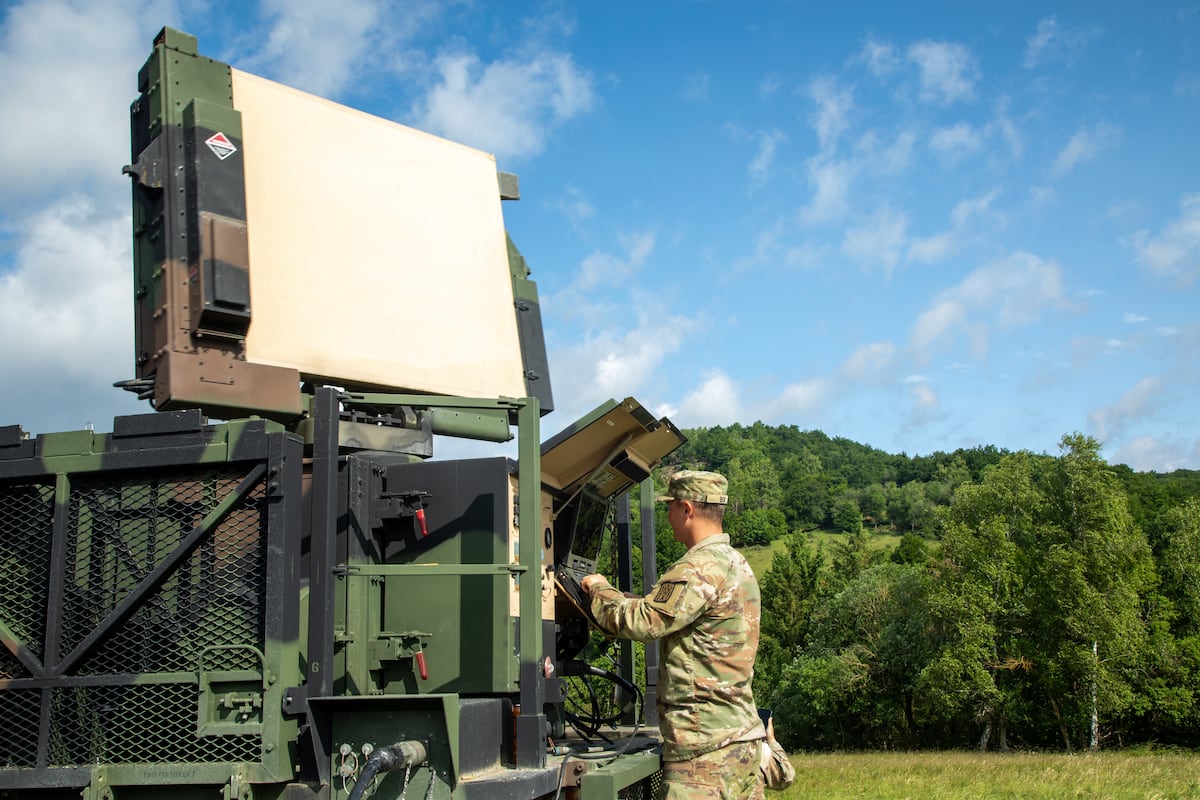The United States’ industrial might helped save the free world in World War II. William Knudsen, the Detroit auto titan turned wartime production chief, put it simply: “We won because we smothered the enemy in an avalanche of production.”
Could the U.S. meet a similar mobilization challenge today? The answer is likely no without real changes to our acquisition system — and our adversaries know it.
That’s why the House Armed Services Committee is advancing the SPEED Act — a bold, bipartisan reform effort to overhaul our broken acquisition system.
Our acquisition process is too slow, risk-averse and bureaucratic to deliver the capabilities that service members need. It incentivizes compliance over capability, process over speed and certitude over innovation.
While China can field new military capabilities in months, the U.S. often takes more than a decade, by which time the threat has changed, the technology is outdated and the program is over budget. We struggle to replenish stockpiles sent to support Ukraine and Israel and U.S. operations in the Red Sea. Moreover, we must ensure we have sufficient supplies of key munitions in the event of a prolonged conflict. The U.S. cannot deter and, if necessary, win a future conflict if we cannot equip our forces at speed and scale.
This vulnerability stems from a struggling acquisition system and the hollowing out of the domestic defense industrial base. Since the 1990s, the number of defense prime contractors has shrunk from 51 to just six. Excessive regulations have pushed commercial firms away from working with the Defense Department. Game-changing technologies from startups often languish in the notorious “Valley of Death,” where Pentagon bureaucracy stymies the ability to translate innovation into full-scale production.
These barriers to entry and layers of red tape are national security risks. It is time to break them down.
The SPEED Act will empower program executive officers with clear authority and greater budget flexibility. In doing so, it will enable them to be held accountable for fielding capabilities that meet the threat, not just check compliance boxes. It also tackles the bureaucratic chokepoints that slow acquisition to a crawl, notably by accelerating the requirements process from nearly three years to as little as 90 days.
It clears a path for commercial innovation by attracting new entrants to the defense industrial base, reducing barriers to the Pentagon’s use of commercial technology and bridging the “Valley of Death.” It promotes a data-as-a-service model to ensure the U.S. military can access the data it needs to maintain its systems without requiring industry to give up the rights to privately funded intellectual property.
By cutting through layers of bureaucracy, the bill also modernizes outdated regulations that slow the delivery and needlessly drive up the cost of critical capabilities. Specifically, it raises dollar thresholds to free smaller programs from excessive oversight and eliminates duplicative cost reporting requirements.
In short, the SPEED Act streamlines overly burdensome compliance without compromising transparency or accountability — ensuring taxpayer dollars are spent more efficiently and effectively.
Finally, it establishes the Industrial Resilience Consortium. This will put industry at the table to help the Pentagon solve critical challenges such as parts obsolescence, supply chain fragility and the urgent need to restore the United States’ surge capacity by leveraging advanced manufacturing.
We cannot afford to continue on the path of business as usual. It is time to reform how the Pentagon buys weapons so that we can harness the United States’ unmatched innovation and dynamic private sector and deliver the capabilities that service members need.
Our current acquisition system is standing in the way. The SPEED Act will address this critical challenge before it is too late.
Rep. Mike Rogers, R-Ala., serves as the chairman of the House Armed Services Committee. Rep. Adam Smith, D-Wash., serves as the ranking member of the House Armed Services Committee.
Read the full article here





